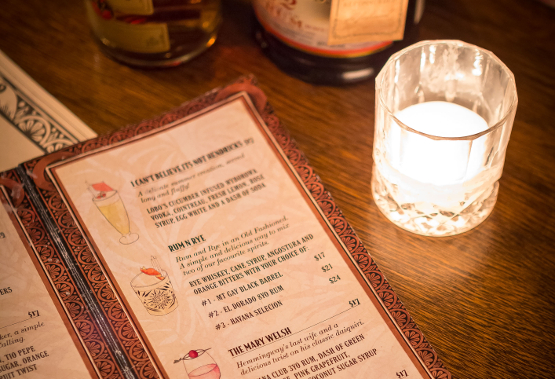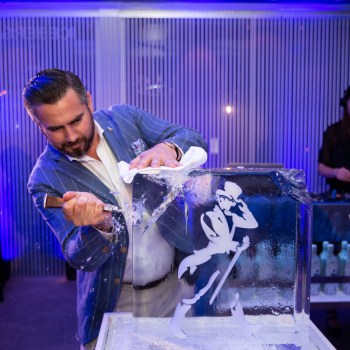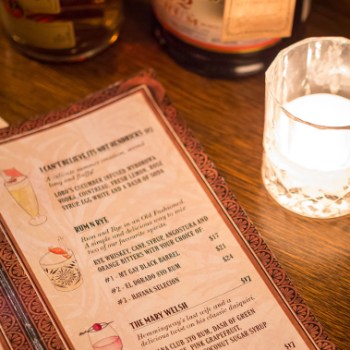When I lived in London some moons ago, I would frequent a rather famous bar called the Lab. Many of that city’s finest bartenders (many of whom are now well recognized brand ambassadors) came out of that venerable institution. What they were perhaps most famous for – besides their liberal use of crushed ice, passionfruit and vanilla sugar – was the length, breadth and creativity (at least for its time) of their cocktail menu.
It topped out at a whopping 162 drinks.
Now if that sounds like a preposterous number of mixed drinks to populate a menu then you would be correct. But this was a certain time and place in our recent history when this wasn’t unusual. ‘Bigger is better’ was the mantra of some bars, consistency be damned. And as I write this article about creating a world class cocktail menu, perhaps the first and arguably the most important factor I should highlight is consistency, something we should all be striving for with unwavering precision.
It doesn’t matter how good you think your bartender (or you) are, your drinks will never be as consistent on a massive drinks compendium as they will be on a short, succinct menu.
Times are indeed changing, especially in America where I now ply my trade and have done so for over a decade. Smaller, more balanced lists are the norm and it’s much harder to create a small, curated list of mixed drinks than it is to add dozens and dozens of twists on a single theme. Do you really need ten mojitos on the menu?
BALANCE IS KEY
For me the most important thing to strive for is balance and this is pertinent whether you choose to list 12 or 200 cocktails on your menu. Is there a solid mix across the board of spirit categories, colours, glassware, garnishes, fruits or juices and drink styles? Is your list too heavy on any of these?
If so, time to re-work it. Several bartenders, such as Joaquin Simo, the proprietor of New York’s Pouring Ribbons, which has one of the most thoughtful menus I’ve seen has a simple and very effective way he approaches each new menu. Once the drinks have gone past the first phase of testing, he writes out the recipes of each drink side by side. Next to each, he draws an icon for the type of glass each will go in and writes the colour of the drink also. He looks across the page and looks to see if there’s too much repetition of any aspect I described above. Are there too many bourbon drinks? Oops, there’s three drinks with pineapple juice. There’s too many that are served in a rocks glass.
WORD UP
Language is a powerful tool. Especially when reading a menu. I’ve long been a student of menu psychology, especially as it is something that not enough people in our bar industry think about a great deal. Which seems silly to me given that the menu – or the cocktail menu in this case – says a lot about a venue and is often the first thing people see (or want to see) when they enter. You can tell a lot about a bar immediately by glancing over their cocktail list and other beverage offerings.
Every single word, comment, image or gesture on a menu sends a message. Sometimes that message is clearly transparent, while at other times it’s more subliminal and may need some further explanation from the staff. Either way, don’t underestimate how different people decipher and interpret your menu.
Look out for Part 2 here.
Sign up for weekly bar industry news straight to your inbox here.



